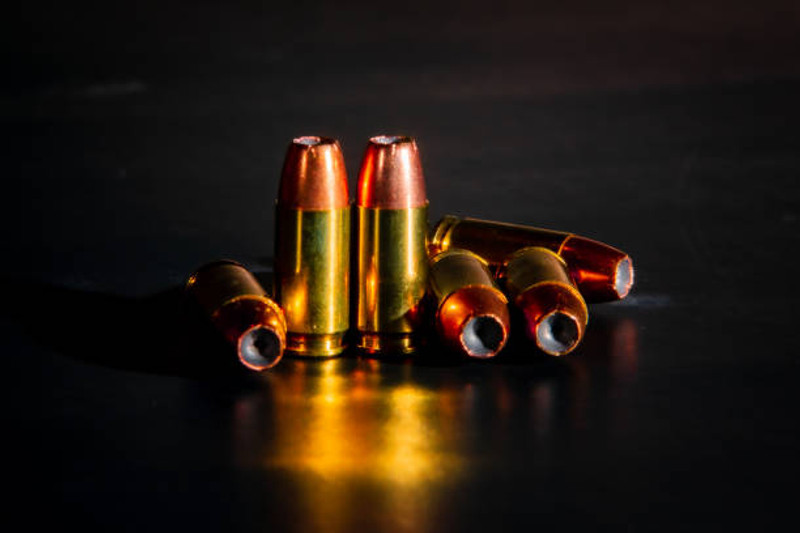Selecting the best caliber for concealed carry is one of the most important decisions a responsible gun owner can make. Your choice should balance stopping power, recoil control, magazine capacity, and personal comfort. Whether you're a new shooter or seasoned concealed carrier, understanding the characteristics of popular calibers can help you make an informed decision that supports your self-defense goals.
Popular Concealed Carry Calibers and Their Characteristics
9mm
The 9mm Luger is the most popular concealed carry caliber—and for good reason. It offers:
- Moderate recoil, making it manageable for most shooters
- High magazine capacity in compact and full-size handguns
- Wide ammunition availability, including effective hollow point options
- Lower cost per round, ideal for frequent training
Its balance between power and controllability makes the 9mm a top choice for everyday carry and defensive applications.
.45 ACP
The .45 ACP (Automatic Colt Pistol) is known for its stopping power and large projectile size. Benefits include:
- Heavy impact and deep penetration
- Proven effectiveness in defensive situations
- Strong performance with fewer shots required
However, the trade-offs include increased recoil and reduced magazine capacity. It’s best suited for shooters comfortable with managing recoil through regular practice.
.40 S&W
The .40 S&W offers a compromise between 9mm and .45 ACP, combining aspects of both calibers:
- More power than 9mm, with a slightly larger diameter
- Higher capacity than .45 ACP
- Good balance of effectiveness and size
While it delivers more recoil than a 9mm, many shooters appreciate its performance characteristics—especially those with law enforcement or defensive backgrounds.
.380 ACP
The .380 ACP is ideal for subcompact and ultra-concealable firearms. It features:
- Low recoil, making it easier to control and shoot quickly
- Excellent concealability, especially in pocket or ankle carry guns
- Lightweight platforms for comfortable all-day carry
Though less powerful than 9mm, well-placed shots from a .380 ACP can still be effective. Shot placement and ammunition quality are especially critical with this caliber.
.38 Special
- The .38 Special remains a trusted revolver caliber with a strong self-defense track record:
- Simple, reliable operation, ideal for new shooters or those who prefer revolvers
- Moderate recoil and good controllability
- Proven terminal performance, especially with modern defensive loads
While revolvers have lower capacity and slower reload times, their mechanical reliability makes them a dependable concealed carry option.
How to Choose the Right Caliber for Concealed Carry
Choosing your ideal concealed carry caliber depends on:
- Your experience level
- Comfort with recoil
- Desired firearm size
- Concealment needs
- Personal defense philosophy
The best way to determine what works for you is to test various calibers at the range. Factors such as grip fit, trigger control, and ease of follow-up shots can influence your decision more than ballistics charts alone.
The Importance of Training and Education
Regardless of caliber, success in self-defense situations relies heavily on your training and mindset.
- Investing in courses such as the USCCA’s Concealed Carry and Home Defense Fundamentals can enhance your skills in:
- Firearm safety
- Defensive shooting techniques
- Legal considerations and situational awareness
Ongoing practice and education are essential parts of being a responsible concealed carrier.
- Final Thoughts
- There is no single “best” caliber for everyone. Each shooter has unique preferences, physical characteristics, and comfort levels. Whether you choose 9mm for its balance, .45 ACP for its power, or .380 ACP for its concealability, make your choice based on real-world handling, training outcomes, and personal confidence.
- Choose smart. Train hard. Stay safe.

